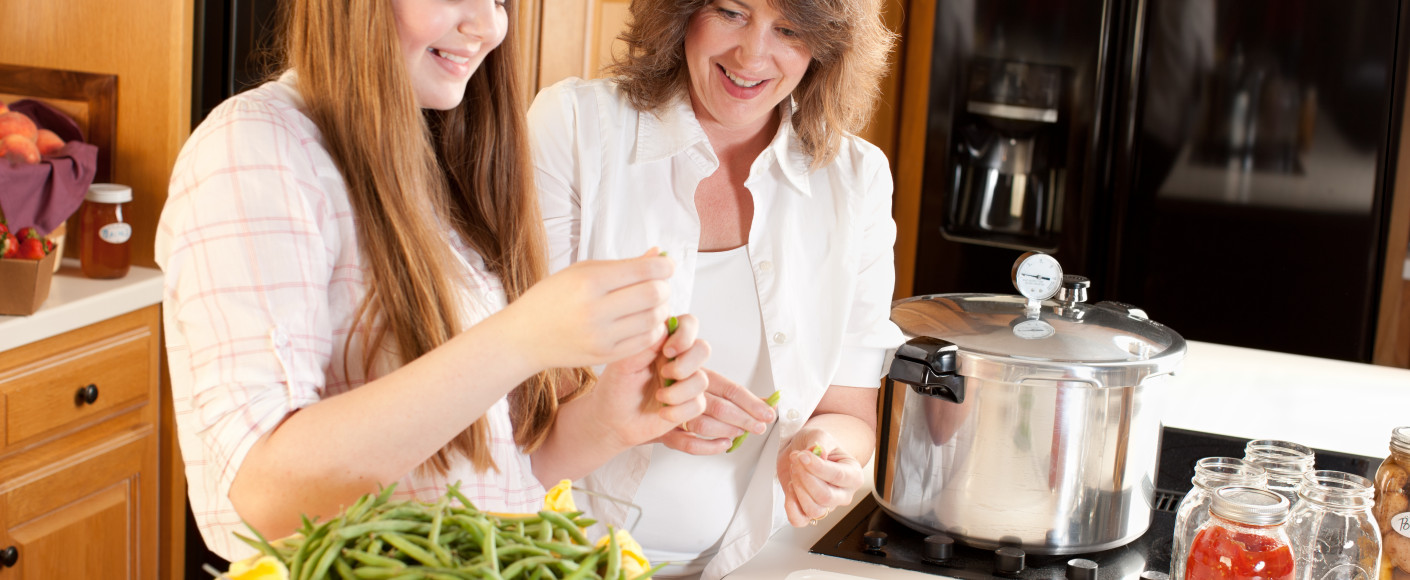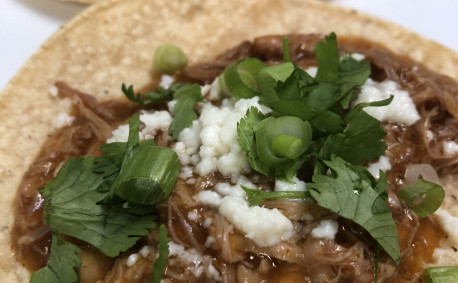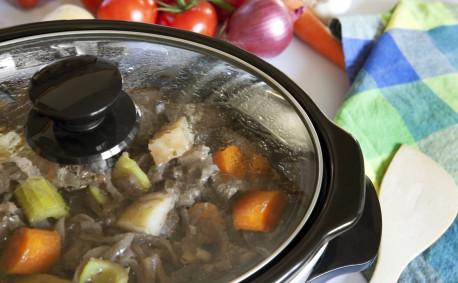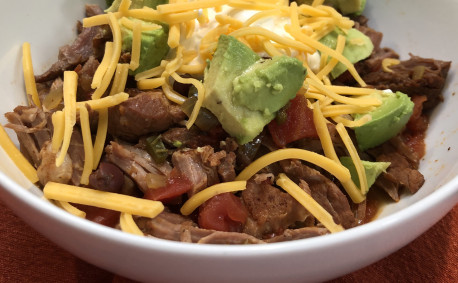Spotlight on Pressure Cookers
You’ve probably heard a lot of buzz about pressure cookers — They’re so fast! They’re so easy! They’re so fast!
Well, it’s all true. And, depending on the model you get, they just might be able to replace some of your other kitchen appliances like your slow cooker, rice cooker or even yogurt maker. (You know, for all those times you make your own homemade yogurt!)
What is a pressure cooker?
A pressure cooker looks like a cross between a slow cooker and a Dutch oven, but with an airtight lid that cooks food differently. The airtight lid traps steam inside, which increases the pressure, which increases the temperature. The higher the temperature, the faster your food will cook.
Some pressure cookers work on a stovetop. Others are electric. Some only have one pressure setting, which limits the types of food they can cook. Others have multiple settings so you can cook different foods at different pressures (and temperatures). And some can also brown, steam or slow cook food.
How does a pressure cooker work?
It all comes down to that airtight lid. As food heats up, it creates steam. The steam expands, but it has no place to go, so it increases the pressure inside the pot. As the pressure increases, the temperature increases. This means that water, which normally boils at 212 degrees, will now boil at a higher temperature:
- A pressure of 0 pounds per square inch is normal and water boils at 212 degrees.
- A pressure of 5 pounds per square inch will raise the boiling point to 220 degrees.
- A pressure of 10 pounds per square inch will raise the boiling point to 235 degrees.
- A pressure of 15 pounds per square inch will raise the boiling point to 250 degrees.
Many pressure cookers are set to operate at 15 pounds per square inch, which means your food will cook in liquid that’s 38 degrees higher than normal — and that will take a lot less time to cook.
What foods cook well in a pressure cooker?
Pressure cookers use what’s called moist heat cooking. Other moist heat techniques include:
- Boiling
- Braising
- Simmering
- Steaming
- Slow cooking
So, foods that you’d normally cook like that would work well in a pressure cooker.
You can also use your pressure cooker for canning.
Be Safe, Not Scared
Because there is a lot of pressure and the steam that builds up is very hot, you have to be careful when operating a pressure cooker. Some models have a built-in release valve that slowly releases the pressure. Others require that you manually release the valve. Read the instructions carefully to make sure you know how your model works. And be careful — stand back and use a hot pad!
It can be a little intimidating to get started, but once you get the hang of it, it’s really easy — and fast!




